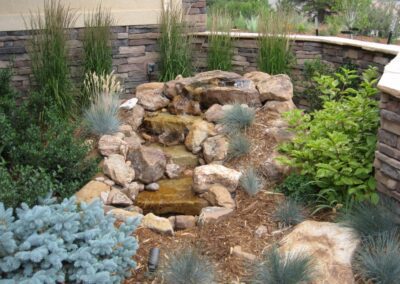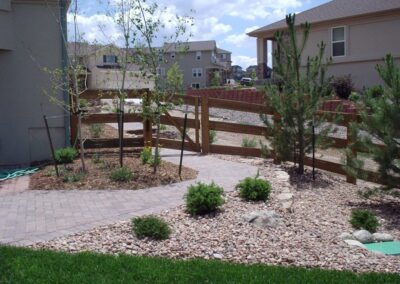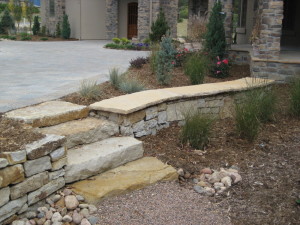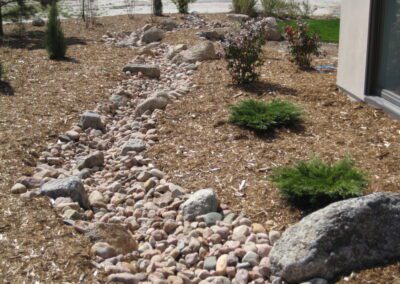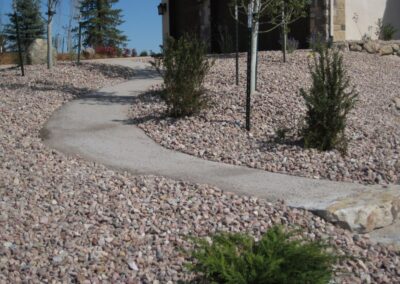
Summer Lawn Care Tips: Keeping Your Colorado Springs Yard Healthy and Vibrant
Summer Lawn Care Tips: Keeping Your Colorado Springs Yard Healthy and Vibrant
Ah, summer—the season of barbecues, outdoor gatherings, and basking in the sun. It’s also the time when your Colorado Springs yard needs some extra TLC to stay healthy and vibrant under the scorching heat. As a leading landscaping company in the area, we at Fredell understand the unique challenges that Colorado summers present for maintaining a lush and beautiful lawn. So what do you need to do to keep your Colorado Springs yard in its prime throughout the season? Here are some tips and tricks that we’ve discovered.
Proper Watering Techniques
Watering your lawn correctly is crucial during the hot summer months. Aim to water your lawn deeply but infrequently to encourage deep root growth. Watering in the early morning or late evening helps minimize evaporation and allows the grass to dry before nightfall, reducing the risk of disease. Remember that Colorado Springs has water restrictions, so check with local authorities for any specific guidelines.
Adjust Your Mowing Height
Raise the mowing height of your lawnmower during summer. Taller grass shades the soil, conserves moisture, and helps prevent weed growth. Set your mower to a height of around 3 inches to keep your grass healthy and resilient in the face of summer heat.
Be Mindful of Fertilization
Summer is not the ideal time for heavy fertilization in Colorado Springs. The high temperatures can stress your lawn, and excessive nitrogen can lead to burnout. Instead, focus on using a slow-release or organic fertilizer in late spring or early fall. This provides nutrients to the soil gradually, promoting steady growth and overall health.
Combat Summer Weeds
Weeds love to take advantage of weakened grass during summer. Regularly inspect your lawn for any unwelcome invaders and promptly remove them. Apply an appropriate herbicide if necessary, following the instructions carefully. Remember to choose a product that targets specific weeds without harming your grass.
Aerate and Overseed
Core aeration is beneficial for your lawn in the summer. It allows water, air, and nutrients to reach the grassroots more effectively, promoting a healthier and more robust turf. Consider overseeding with cool-season grasses, such as fescue or ryegrass, to fill in bare spots and improve the overall density of your lawn.
Protect Against Pests
Summer brings out various pests that can wreak havoc on your lawn. Be on the lookout for insects like grubs, chinch bugs, and sod webworms. If you notice signs of infestation, consult with a professional landscaping company like Fredell to determine the best course of action. They can provide targeted treatments to protect your lawn from these pesky invaders.
Provide Shade and Limit Foot Traffic
Excessive foot traffic and prolonged exposure to direct sunlight can stress your grass during summer. Limit heavy use of your lawn during the hottest parts of the day and provide shade where possible. Consider planting trees or installing shade structures to protect vulnerable areas and create comfortable spaces for outdoor activities.
By following these summer lawn care tips, you can maintain a healthy and vibrant yard in Colorado Springs. However, if you need professional assistance or want to take your lawn to the next level, don’t hesitate to reach out to our experienced landscaping team. We’re here to help you create a lawn that stands out and thrives all summer long. Enjoy the season and savor the beauty of your Colorado Springs landscape!



